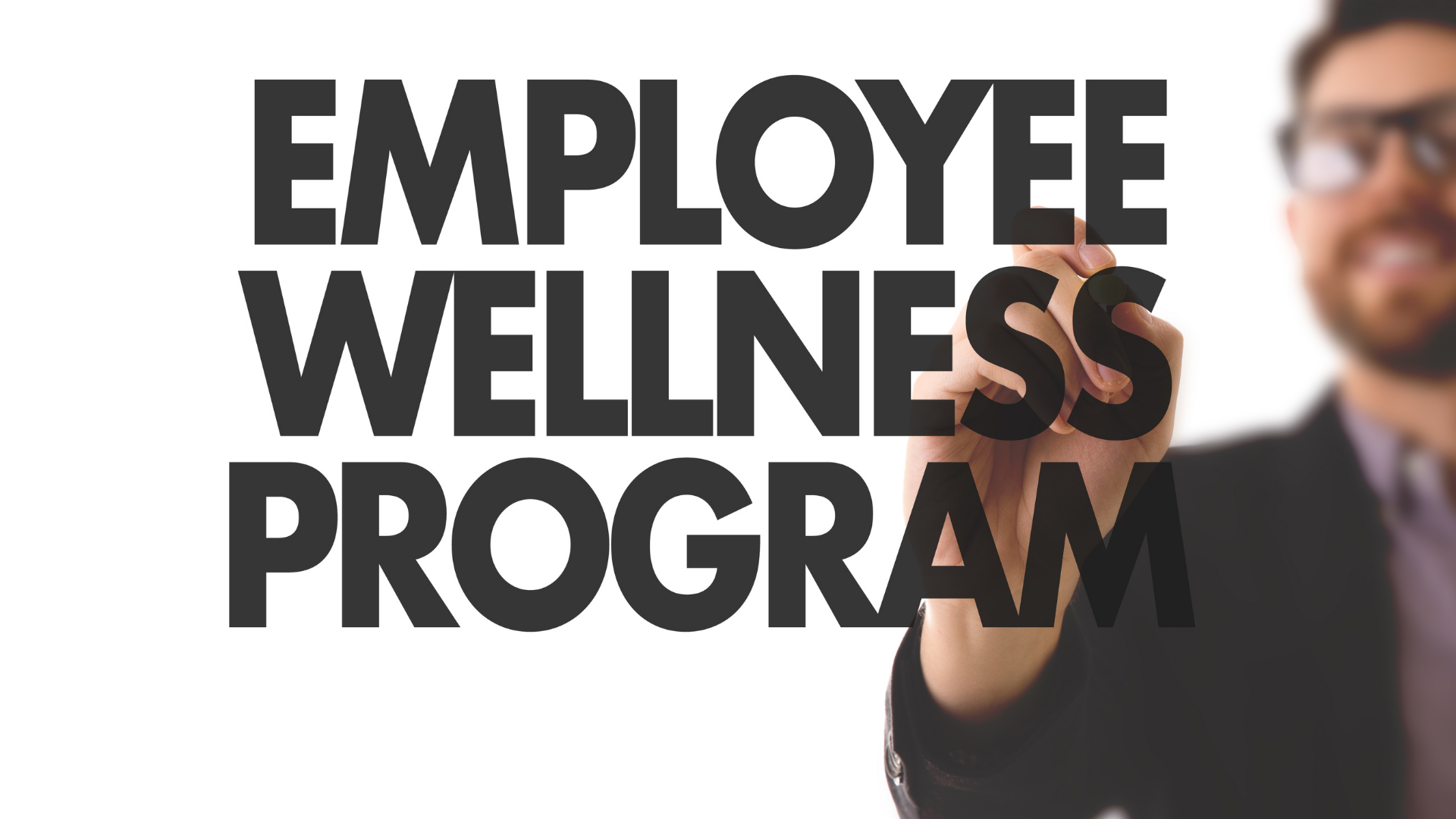Gone are the days when induction programs were just about filling forms and ‘death by PPT.’ Organisations across industries are adopting creative, fun, and personalised induction programs.
As per a survey from Jobvite, 30% of new employees leave their organisation within the first 90 days of joining. This alone reflects the importance of making a good first impression. After all, it’s a two way street between the employee and the organisation.
Companies like Netflix, twitter, and even LinkedIn, continue to set new standards when it comes to welcoming new employees with personalised gifts, experiences, and a customised induction journey.
Orientation vs Induction
Table of Contents
Companies across industries often fail to understand the basic difference between ‘Orientation’ and ‘employee induction.’
Orientation is usually a one week event, with main focus on paperwork and compliance. Where as, induction refers to the longer journey of enabling the employee to root themselves firmly in the culture and structure of the organisation. This also gives them the chance to get comfortable with their responsibilities.
A Harvard Business Review research paper shows that it takes a new employee eight months to reach peak productivity, and feel at home with their new role. However, the average induction programs last only three months.
All this information begs the question, what are the best practices for induction programs?
1. Different strokes for different folks : Customise your induction programs
There cannot be one template for all onboarding journeys. Depending on the roles, seniority, needs and complexity of the role – it is a good idea to define a few “personas” and design different onboarding journeys for each.
2. Leveraging technology

Induction programs can amplify their impact when they use technology and adopt an online or blended approach. Microlearning for example is a very effective tool in enabling induction programs.
The new employees can experience the culture of the organisation through engaging videos. These videos could be a sneak peak into the various annual celebrations or simply insights into the values of the company.
3. Engage before the orientation day
Once the contract is signed, organisations tend to leave the new comer in dark until their first day. This can prove to be highly detrimental. This is because a lack of engagement can encourage the new recruit to consider other available offers, and even, rescind their initial acceptance.
Research done by TalentVine shows that the period between the acceptance and their start date is actually the time of greatest risk.
And so it is important to engage the new recruits throughout the induction journey. From the day they accept an offer, organisations should work to express their delight and engage the new comers in various conversations.
A personalised message from the senior leaders, a welcome package, and frequent check-ins by the manager are just some of the ways to make your new members feel welcomed and involved. Keeping the communication lines open and being available for any queries or doubts they might have before officially starting the new position is another way to maintain their interest.
4. Facilitating informal interactions with their managers
It is said that employees don’t leave the organisation’s, they leave their managers. A recent LinkedIn survey revealed that 96% of new employees consider one-on-one time with their direct manager a crucial part of effective onboarding experience.
This is because the onboarding journey is not just about the paperwork. It is about making the transition from a new employee to a team member. Frequent, informal conversations with their manager can help make the new members feel emotionally invested and eager to contribute.
5. Build pride

An important element to be mindful of, when conducting the onboarding journey for new joinee is the mission and vision statement. Your legacy and your values should feel personal to ever single member of your team, including the new comers. This allows them to be able to align their goals with the organisations’, with ease and efficiency.
AITSL in a landmark study talked about this. When a player joins New Zealand’s national rugby team known as ‘All Blacks,’ they are each given a small book bound in black leather. The first page shows a jersey from 1905, known as ‘The Originals’, followed by jersey after jersey of historic All Black teams up to the present day.
Following this, the reader is reminded of the principles that underpin the ethos of the team, and to past heroes who have exemplified these values. The remaining pages are left blank for the recipient to write their own story, and define their own legacy.
6. Build a sense of community for your new employees
Induction programs often make the mistake of not including existing employees. This creates an artificial “them” versus “us” syndrome that can grow if left unchecked. Informal get togethers, carefully crafted as team lunches, evening snacks breaks, or even team building programs, can help break this sense of isolation for new comers.
Another great way to build a sense of belonging is to assign a ‘Buddy’ member to each new comer. A buddy can be any existing team member, from the same department. The new comers can get comfortable with them and reach out in case of any questions, doubts, or even any insights they might have. Their Buddy can also help make introductions with other team members and initiate conversations.
Having a buddy allows for the new comers to feel welcomed and build health relationships with the rest of the team.
7. Help the new joinees get early wins
Early wins are a good yet subtle way for incoming employees to build confidence and credibility. Managers need to work on making this happen.
From calling out a job well done, an eloquently phrased question, or even an innovative idea – the smallest of gestures goes a long way.
8. Have a clear roadmap

Giving new employees a clear path for each day of their first quarter goes a long way in setting them up for success in their new role. A well planned structure will give them something to look forward to, every day.
However, at the same time, it is important to ensure that the work load doesn’t get overwhelming. Frequent check-ins with the buddy, informal conversations with their manager, and open feed-forward sessions can help ensure a smooth execution of the same.
9. Introduction to office premises
The office premises are going to be their home for the better part of each day. And so, it is important that the new comers feel ‘at home.’ It will help build confidence and strengthen their feeling of belongingness.
A unique way of doing this could be to organise a treasure hunt for the new hires. Letting them search the entire office premises for treasure items can help acquaint them with various sections of the workplace in a fun and engaging way.
10. Introduction to job role and responsibilities
Digital forms work effectively to ease the process of filling paperwork, saving time in the process. Additionally, orientation by team managers and profile-related authorities can be enabled using digital platforms.
Gamification and simulations can also be used as tools to provide impactful training. The aim should always be to provide an engaging and sustained training experience. And, to help the new members maintain a firm grasp on the things learnt in the first few months, timely reinforcement sessions of the same can come in handy.
11. Introduction to organisation values and ethics

An organisation, in today’s world, stands out by its brand image. This is built and maintained through a clear set of values and principles. Introducing the newbies to company morals and ethics can help them speak the company language from day one.
Over time, it becomes easy for them to imbibe those values in their daily lives. Digital and experiential tools are a wonderful way to enable engaging conversations around the same,
12. Introduction of new employees to work culture
Familiarising the new member with your work culture is also a part of impactful induction programs. People may be joining from various backgrounds and their former companies would have had a very different culture. Or they could be freshers, starting their corporate career. Either way, it is important to help them understand how things are done in their new office.
Helping new comers understand the processes and procedures of your organisation will help instill confidence. When new members feel knowledgeable about the various functions and the cross-functional credo, they are more likely to actively participate in their work. They will at ease when reaching out to other members and build better relationships, in less time.
This, in turn, can help solidify the feeling of belongingness with the entire team. The more at ease they get at initiating conversations and asking questions, the more invested they will feel in their respective roles.
13. Your first impression will last forever

After going through the roller coaster ride, that is, the recruitment process, finding the perfect candidate feels like a hard earned victory. And, so, it is important that the new comers feel welcomed, valued, and invested in their new role and your organisation.
An induction is the first impression a company makes on its new employees. You should ensure that it is an encouraging one. Making your induction programs interactive will help increase their effectiveness. A positive workplace is known to produce high performance teams and enable unprecedented growth for the organisation.










